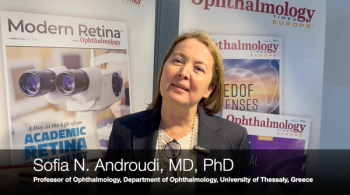
Prof. Androudi said differential diagnoses are more important than ever in the era of cell and gene therapies.

Prof. Androudi said differential diagnoses are more important than ever in the era of cell and gene therapies.
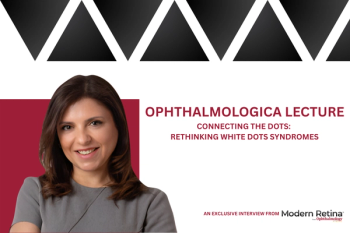
During her Ophthalmologica Lecture at the 2025 EURETINA Congress, Prof Cicinelli explained why it's time for a different approach to white spot syndromes.
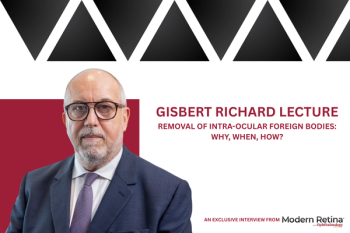
At the 2025 EURETINA Congress, Prof Korobelnik delivered the Gisbert Richard Lecture, focusing on removal of intra-ocular foreign bodies and mitigating ocular trauma.
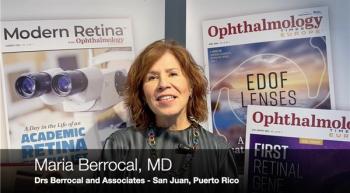
María Berrocal, MD, titled her Kreissig Award Lecture "Throwing away wisdom: How we abandon what works."
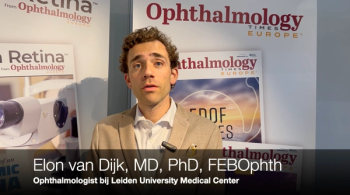

Prof Tunde Peto and Prof Catherine Creuzot-Garcher will serve on an educational panel during the networking event.
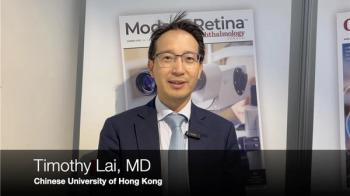
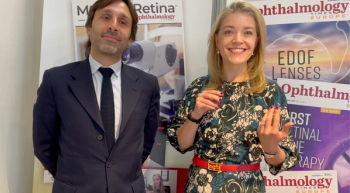
Aleksandra Rachitskaya, MD, FASRS, is a member of the Modern Retina editorial advisory board.
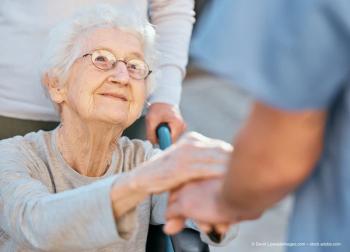
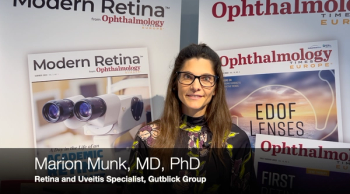
The International Retinal Imaging Society (IntRIS) had a significant presence at this year's EURETINA Congress.
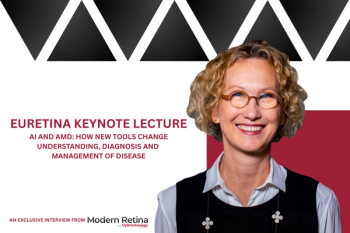
In her keynote address, Prof Schmidt-Erfurth focused on new artificial intelligence tools and their usage in addressing age-related macular degeneration.
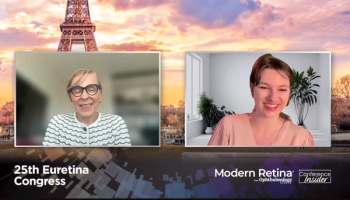
This year's EURETINA meeting boasts a crowd of 10,000 attendees, including delegates, industry leaders, and young retina specialists.
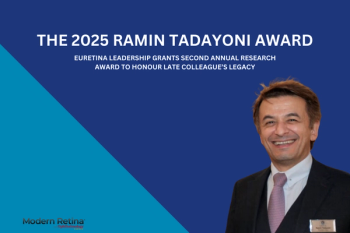
Prithvi Ramtohul, MD, is a PhD candidate based in Marseille, France and previously completed a fellowship in Paris under Prof. Tadayoni.

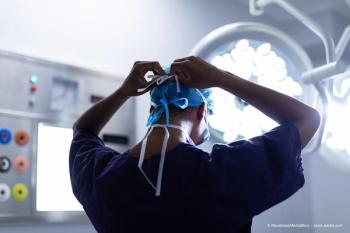
BVI launches Virtuoso, a groundbreaking dual-function surgical platform for cataract and vitreoretinal procedures, enhancing efficiency and control in surgery.

Where to find members of our editorial board at this year's European Society of Retina Specialists Congress.
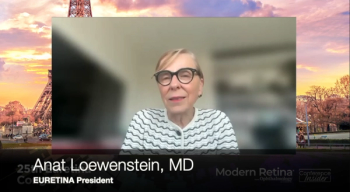
Anat Loewenstein, MD, president of EURETINA, announces the EURETINA Innovation Spotlight (EIS) will return on September 3 this year.

Leading companies to unveil new research on retinal diseases at EURETINA 2025, showcasing innovative therapies and clinical trial results.

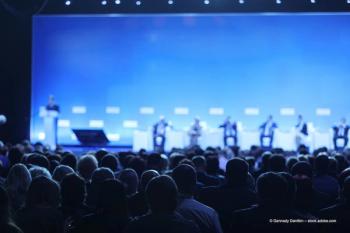
Advancements in retinal therapies and technologies are scheduled to be showcased at EURETINA 2025 from Clearside, ZEISS, and Ashvattha Therapeutics.

At the 2025 EURETINA Congress, keep an eye out for 11 editorial advisory board members from Modern Retina, Ophthalmology Times and Ophthalmology Times Europe.
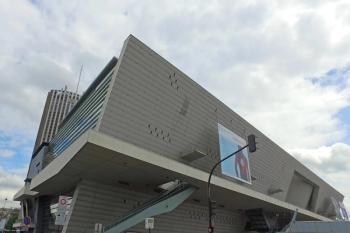
Retina specialists will celebrate the major anniversary this September in Paris, France.
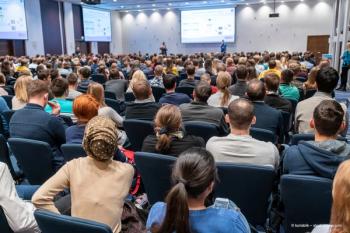
A look at podium presentations on GA research at ASRS 2025.

Notably, Alcon will be providing a demo of the UNIPEXY Gas Delivery System.

Ocular Therapeutix to showcase its drug delivery solutions at upcoming ophthalmology conferences.
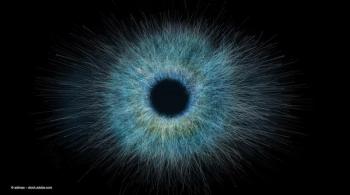
Innovative assistive devices empower patients with central vision loss to regain independence and enhance daily activities, transforming their quality of life.

The findings of this model support KIO-104 as a promising therapeutic candidate for both the prevention and treatment of PVR.

Maria Vittoria Cicinelli, MD, Denise Loya-Garcia, MD, PhD, and Vishal Raval, MD, were announced as the recipients and will receive a $3,000 honorarium.

This year’s Barcelona meeting brought together award-winning research findings and leaders in the retina field.

The annual meeting, held in Chicago, Illinois, featured new data and best practices for patient-centered care.